The most coveted In-Ear Monitors (IEMs) in 2023
Many audiophiles venturing into HiFi often grapple with the initial selection of IEM. With a plethora of HiFi IEM available in the market, how does one choose? Indeed, there isn’t a clear-cut approach for audiophiles, whether they are veterans or novices. Some might even expend significant resources for just a slight enhancement in sound quality. Fortunately, this year, IEM manufacturers have introduced a myriad of cost-effective products, including offerings from some of the most distinguished brands.
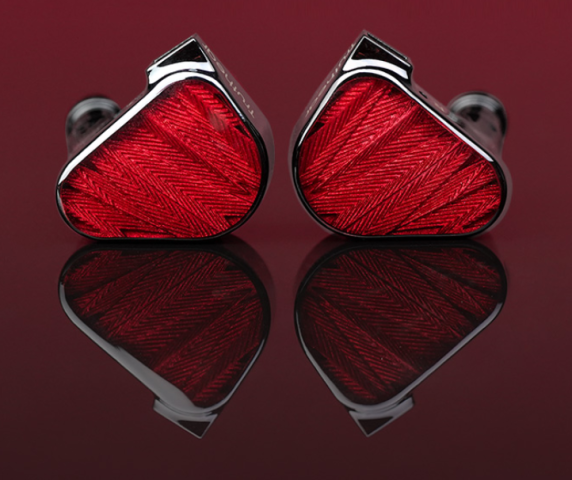
Truthear x Crinacle Zero Red – approximately $54.
Specifications:
Driver: 10mm + 7.8mm dynamic drivers
Impedance: 17.5Ω±15% at 1KHz
Sensitivity: 117.5dB/Vrms at 1KHz
Frequency Response Range: 20-40.5kHz (IEC61094, free-field)
Effective Frequency Response Range: 20-20kHz (IEC60318-4, -3dB)
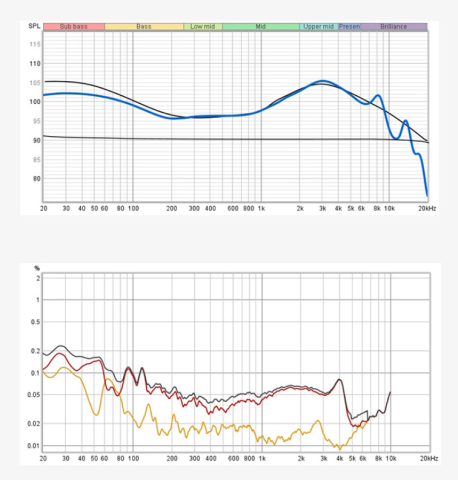
Pros:
Non-aggressive neutral tuning
Smooth treble response
Good soundstage and imaging
Natural timbre for vocals and instruments
Impressive separation and layering
Cons:
Bulky nozzle design
Hard to drive
Treble lacks the finest detail
Mid-high frequency deficiency
Overall resolution could be better
Sounds uninspiring for those seeking treble details
This $50 pair of IEM has been widely promoted for recent months. The RED is superior to its peers but isn’t the best within the dual dynamic drivers category. It offers a rich and full-bodied sound for both male and female vocals, with female vocals, in particular, shining with a lustrous quality. Its tuning is natural yet for some, it may become monotonous, lacking any groundbreaking audio experiences, resulting in a lack of wow factor. This can lead some users to find them devoid of novelty and excitement.
Nevertheless, it’s undeniable that they possess remarkably controlled treble, a rarity in the IEM realm.
For those looking to experience a more neutral in-ear monitor on a tight budget, this serves as a commendable addition. The original Zero’s primary gripe was its analytical detail. While the Red has seen some tweaks in its driver, in essence, they still house the same driver units. Technical intricacies rely more on the driver unit’s performance than the tuning. Hence, the RED is essentially a retuned Zero, and both in-ears are similarly priced. If users already own the original version, there are potentially superior models within the same price bracket, potentially diminishing RED’s competitive edge.
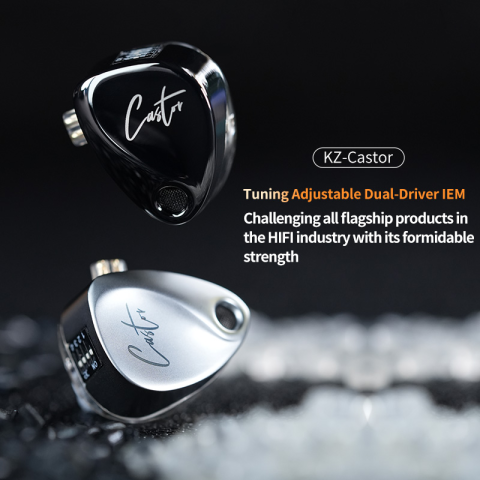
KZ CASTOR (BASS-enhanced VERSION) – approximately $20.
Amazon: https://www.amazon.com//dp/B00526NHT8/
Specifications:
Driver: 10mm dual magnet dynamic driver + 8mm dynamic driver
Impedance: Harman graph version: 31-35Ω; Bass-enhanced Harman target version: 16-200Ω
Sensitivity: Harman graph version: 105±3dB; Bass-enhanced Harman graph version: 103±3dB
Frequency Response: 20-40,000Hz
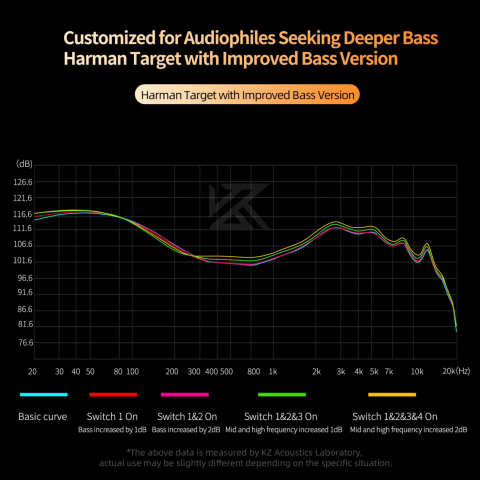
Pros:
Neutral sound signature
Excellent imaging
Technically balanced
Detailed midrange
Smooth bass response
Versatile tuning switch
Easy to drive
Cons:
Average transient response
Mediocre sibilance control

As a relatively well-known audio brand in the ChiFi scene, setting aside their controversies, it’s undeniable that KZ has launched many popular and commendable products in the past. Taking the KZ ZST and ZSN series as examples, they once initiated a tidal wave of competitively priced earbuds. However, the emergence of ambitious new brands and the ensuing price wars have certainly placed significant pressure on KZ. A slew of high-value, entry-level IEM have been launched out frequently, constantly reshaping perceptions about what budget IEM can offer, making the past year especially lively for this price bracket. This has threatened KZ’s position as a value-for-money contender. Facing the industry trend of crowding the low-cost segment, KZ launched the ultra-budget product CASTOR, which also seems to have ignited fresh controversies.
They claim that the product’s pricing is kept low by forgoing any commissions to influencer collaboration , ensuring savings are benefited to consumers. This model boasts a dual-dynamic driver setup and also features a tuning switch, which is quite novel for ultra-budget in-ear monitors.
Despite housing two large dynamic drivers, it maintains a compact size and comes at a relative bargain. The sound is rich without making excessive sacrifices in any area. Its price tag showed only $20 solidifies its position in the budget segment boasting robust bass and a well-balanced interplay between mids and highs. It’s pleasant to listen to, pristine, highly engaging, and offers great value for money. Worth noting, this IEM even comes in two distinct versions: one is the much-coveted “Harman” graph edition, renowned for its natural sound signature. The other is KZ’s rendition improving the bass tone of the “Harman” graph allowing users to choose according to their preference, which provides a impeccable choice on the tuning
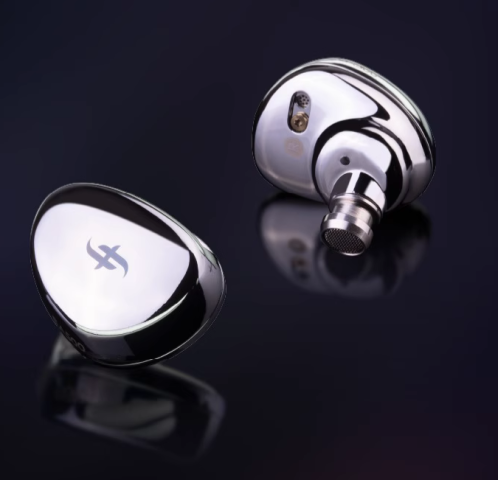
SMGOT EA500 – approximately $79
Specifications:
Driver: Dual magnetic circuit, dual acoustic chamber dynamic driver
Impedance: 16Ω±15% (at 1000Hz)
Sensitivity: 123dB (at 1000Hz)
Frequency Response Range: 10Hz-50KHz

Pros:
Elegant design aesthetics
Detachable nozzles
Excellent separation
Robust bass
Warm tonal balance
Easily driven
Cons:
Surface finish prone to debris, dust, and scratches
Upper bass response is loose
Mids are muddled, regardless of nozzle used
Presence of sibilance and shrillness
Listening fatigue over extended periods
Many are familiar with the EA500, which ignited quite the hype storm. This IEM’s overall sonic signature embraces the Harman Target tuning set, a profile familiar to most, exuding warmth. However, such tuning invariably leads to a dip in the mids, especially when it comes to vocals. Female vocals particularly stand out, with their notes rendered in a delightfully mellow manner, making the overall experience musically rich. Vocals and instruments in the lower treble sound more vibrant and exhilarating. The higher frequencies can occasionally come across as piercing or almost dizzying yet. There’s a hint of sibilance in the IEM’s treble, but it doesn’t pose a significant issue in the mix.
The energy distribution in the midrange might be disconcerting for some, and the overly expressive response in the mid-lows and mid-highs might induce discomfort during extended listening sessions. The transition between the mid-lows and mid-highs is uneven. The upper mids sound more forward in the mix. Although the weight and density of the notes suffice to render vocals as naturally as possible, there’s a discernible disparity between vocals and instruments.
Media Contact
Company Name: HIF HDS LY
Contact Person: Allen
Email: Send Email
Country: United Kingdom
Website: hifhdsly.info


